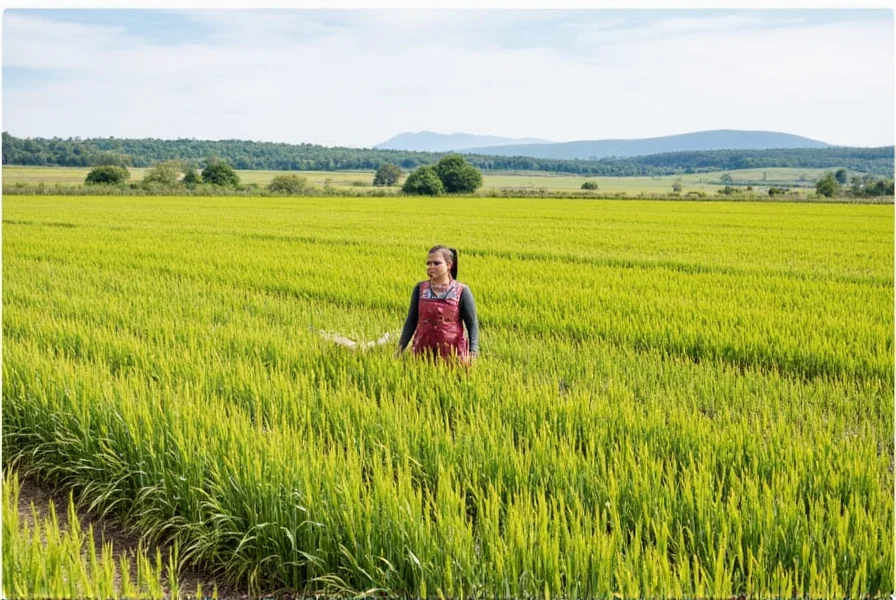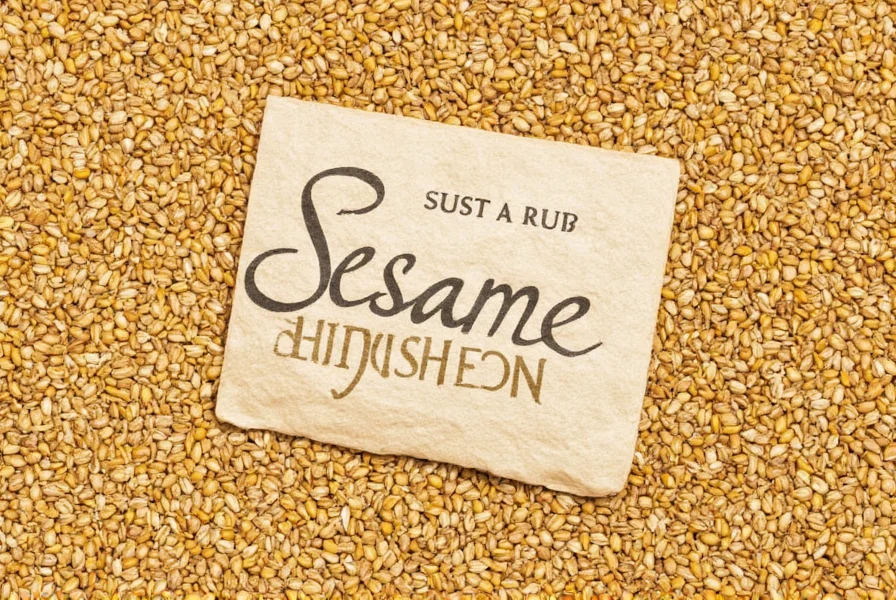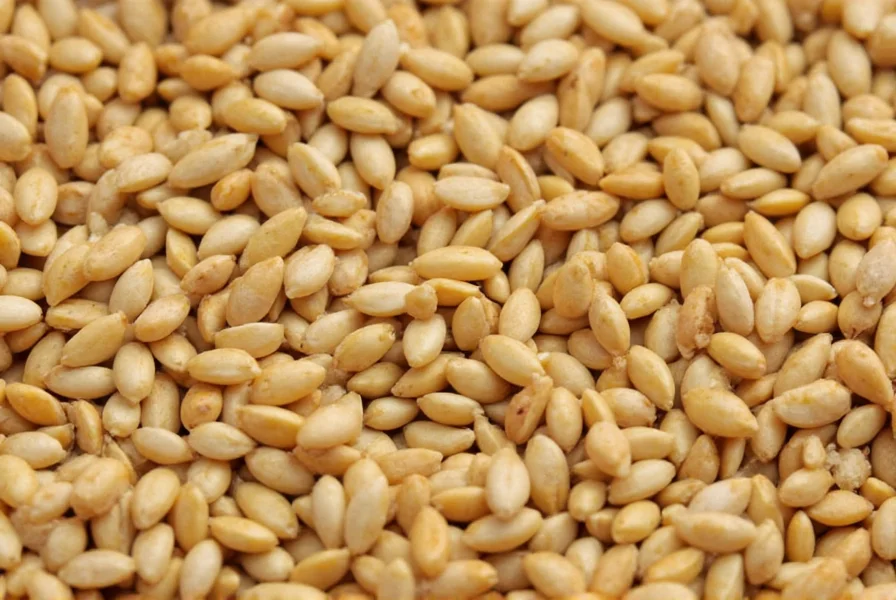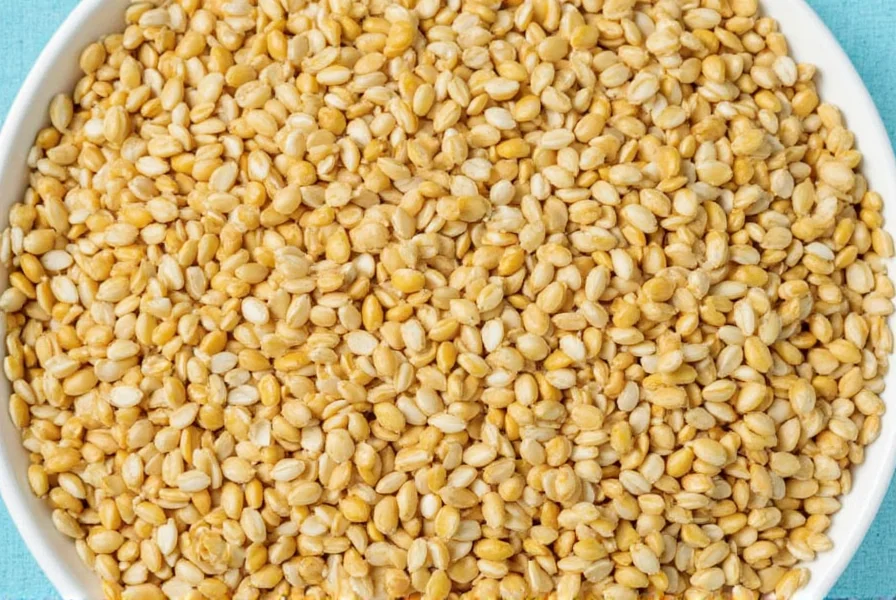Table of Contents
- Introduction: Sesame Seeds - A Global Culinary Treasure
- Sesame Seeds Origin: Ancient Roots and Global Spread
- How Sesame Seeds Are Grown: Climate and Cultivation
- Harvesting Process: From Pods to Table
- Buying Guide: Selecting Quality Sesame Seeds
- Practical Cooking Tips for Sesame Seeds
- Frequently Asked Questions
- Conclusion: Embracing Sesame's Versatility
Introduction: Sesame Seeds - A Global Culinary Treasure
Sesame seeds have been cultivated for over 5,000 years, originating in the Indian subcontinent and spreading globally through ancient trade routes. This comprehensive guide covers their historical journey, cultivation process, harvesting methods, buying tips, and practical culinary applications to help you maximize their nutritional and flavor benefits in everyday cooking.

Sesame Seeds Origin: Ancient Roots and Global Spread
Sesame seeds (Sesamum indicum) originated in the Indian subcontinent around 3000 BCE, with archaeological evidence confirming cultivation in ancient Egypt by 2000 BCE. These seeds traveled along trade routes to Africa, the Middle East, and Asia, becoming integral to diverse culinary traditions. Unlike common belief, sesame was not native to China; it was introduced via Silk Road trade around 2000 BCE, though China is now a major producer.

How Sesame Seeds Are Grown: Climate and Cultivation
Sesame thrives in warm climates (70-90°F) with well-drained soil and 90-120 frost-free days. The plants grow 3-5 feet tall, producing oval pods containing up to 100 seeds each. Farmers plant seeds after the last frost, ensuring consistent moisture during flowering. Pods mature and dry on the plant before harvest, making sesame drought-tolerant but sensitive to cold temperatures.

Harvesting Process: From Pods to Table
| Stage | Description | Key Considerations |
|---|---|---|
| Plant Maturity | Pods turn brown and dry naturally | Harvest when 80% of pods are dry to prevent seed loss |
| Threshing | Seeds extracted by shaking or beating pods | Use gentle methods to avoid damaging seeds |
| Cleaning | Remove debris and impurities | Screening and winnowing for purity |
| Drying | Reduce moisture content to 5-8% | Critical for preventing mold during storage |

Buying Guide: Selecting Quality Sesame Seeds
When purchasing sesame seeds, prioritize freshness and authenticity:
- Appearance: Uniform size, no cracks or discoloration
- Color Varieties:
- White: Mild flavor, hull removed (common in Mediterranean cuisine)
- Black: Stronger nuttiness, higher antioxidants (Asian dishes)
- Tan: Natural color with hull intact
- Freshness Test: Sniff for nutty aroma; avoid rancid or musty smells
- Source: Look for organic certifications or traceable supply chains

Practical Cooking Tips for Sesame Seeds
Maximize flavor and nutrition with these expert techniques:
- Toasting: Dry-toast in a pan for 2-3 minutes until golden to enhance nuttiness
- Storage: Keep in airtight containers away from light; refrigerate for 6+ months
- Usage:
- Black sesame: Ideal for desserts, sauces, and nutritional boosts
- White sesame: Perfect for garnishing, baking, and neutral-flavor dishes
- Ground sesame: Make tahini by blending with oil for Middle Eastern dishes
- Pairings: Complements soy sauce, ginger, honey, and citrus flavors
Frequently Asked Questions
Where did sesame seeds originate?
Sesame seeds originated in the Indian subcontinent around 3000 BCE, with archaeological evidence showing cultivation in ancient Egypt by 2000 BCE. They spread globally via trade routes, becoming staples in Asian, African, and Mediterranean cuisines.
Are sesame seeds native to China?
No. Sesame was introduced to China around 2000 BCE via Silk Road trade routes. While China is now a major producer, historical evidence confirms South Asia and Northeast Africa as the original cultivation regions.
Why are sesame seeds called "open sesame"?
The phrase comes from Middle Eastern folklore referencing how mature sesame pods naturally burst open when dry. This unique feature made harvesting easier and inspired the famous "open sesame" command in tales like "Ali Baba and the Forty Thieves."
Can you grow sesame seeds at home?
Yes, but only in warm climates (70-90°F) with 90-120 frost-free days. Plant in well-drained soil after last frost. Plants grow 3-5 feet tall and require consistent moisture during flowering. Not suitable for cold regions.
Black vs white sesame seeds: What's the difference?
White sesame seeds have their outer hull removed, giving them a milder flavor preferred in Mediterranean dishes. Black sesame seeds retain their hulls, offering stronger nuttiness and higher antioxidant content. Nutritionally, black seeds contain 30% more calcium and iron.
How to store sesame seeds for maximum freshness?
Store in airtight containers away from light and heat. Refrigerate for 6+ months or freeze for 1+ year. Toasted seeds should be used within 1 month at room temperature. Always check for rancidity before use.
Conclusion: Embracing Sesame's Versatility
Sesame seeds represent a remarkable intersection of history, agriculture, and culinary artistry. From their ancient origins in South Asia to modern global kitchens, these tiny seeds continue to enrich dishes worldwide. Whether you're using them in savory sauces, sweet desserts, or nutritional supplements, understanding their journey from field to table enhances appreciation for this versatile ingredient.












 浙公网安备
33010002000092号
浙公网安备
33010002000092号 浙B2-20120091-4
浙B2-20120091-4